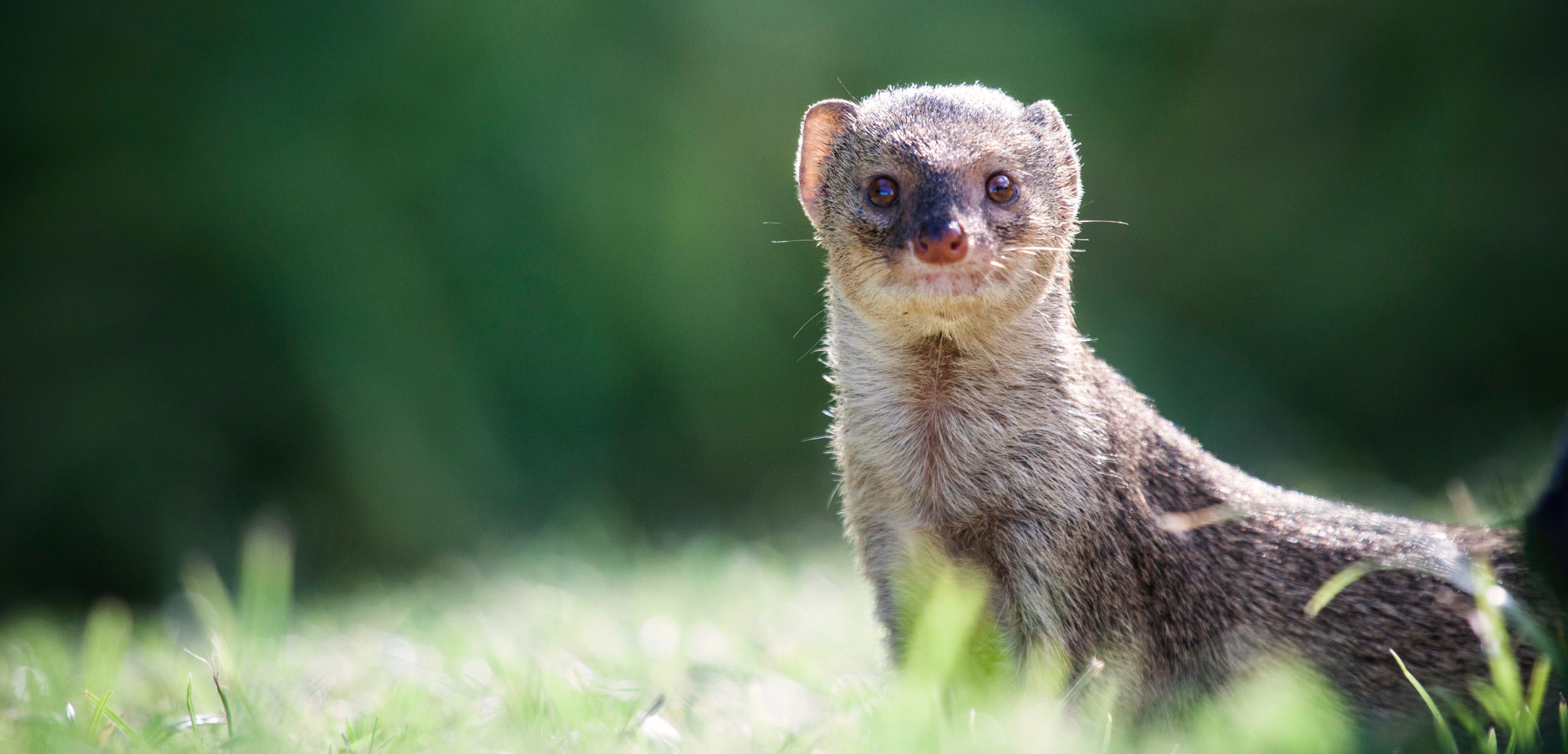Hawai‘i Is Being Overrun by Invasive Cannibals
Hawai‘i’s invasive species are scavenging each other’s corpses, sustaining their takeover of the islands.
Article body copy
You probably don’t want to get too close to a dead mongoose after it’s been sitting in a hot Hawai‘ian forest for a few days.
“They’re quite stinky,” says Erin Foster Abernethy, a PhD candidate at Oregon State University. “After a week, we’d go in and pick up this rotten mongoose carcass just wriggling with maggots. It was the only time I almost puked during fieldwork.”
The mongoose carcass, and others like it, had been part of a research project to answer an important question: what happens to Hawai‘i’s invasive species after they die? The island state has few native predators, yet people rarely find the bodies of dead invaders such as mongooses, pigs, and cane toads. But why?
“You’d think there’d be a lot more of these carcasses,” Abernethy says. “What’s utilizing them?”
To find the answer, researchers from the University of Georgia’s Savannah River Ecology Laboratory, where Abernethy was a master’s student at the time, visited Hawai‘i Volcanoes National Park and Pu‘u Maka‘ala Natural Area Reserve. There, they took the carcasses of mongooses, cane toads, geckos, coqui frogs, rats, mice, and birds—all of which had been euthanized by the US Department of Agriculture (USDA), the agency attempting to control the invaders—laid them on the ground, and set up cameras to find out what would happen.
“The USDA was pretty convinced that nothing would eat a mongoose and nothing would eat a cane toad,” Abernethy says. “They would just slowly decay over time from invertebrate scavenging and desiccation of the flesh from the weathering process. But we said, ‘Let’s look into it with some cameras and see what’s going on.’”
The results surprised them. The cameras revealed that 55 percent of the carcasses were removed and eaten by vertebrate scavengers, specifically mongooses, rodents, cats, pigs, and a bird (a common myna)—the very invasive species that are devastating the state’s native species.
Even the smelly mongoose carcasses got eaten—sometimes by other mongooses—as did the bodies of cane toads, which are highly toxic.
The smaller animals, such as geckos and coqui frogs, also often got consumed before invertebrates could break down their tiny bodies, even though they amounted to little more than a mouthful for a hungry cat or rat.
Abernethy says it was surprising that the predators could find these small carcasses so often and so quickly. “If a vertebrate finds a carcass immediately, either there is a large number of vertebrates in the area or they’re very good at locating these carcasses.” In Hawai‘i, it appears both scenarios are true.
The research shows that invasive species are not just eating Hawai‘i’s native species, they’re also scavenging each other after they die. This extra source of nutrition and energy may be further sustaining the invaders’ devastating encroachment on the island ecosystem.
The findings also show how important it is for those working in invasive species management to remove the bodies of any animals they kill, something Abernethy points out the USDA already does. “You can’t just leave that carcass in the woods,” she says. “It is a food source that is readily utilized by these other invasive species that could have an unintended consequence.”
Even if it is a stinky mongoose corpse.

